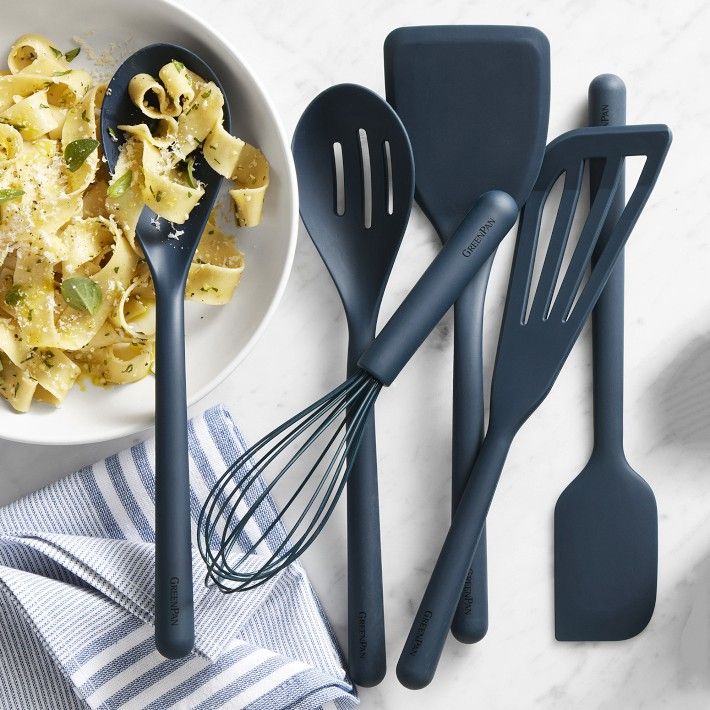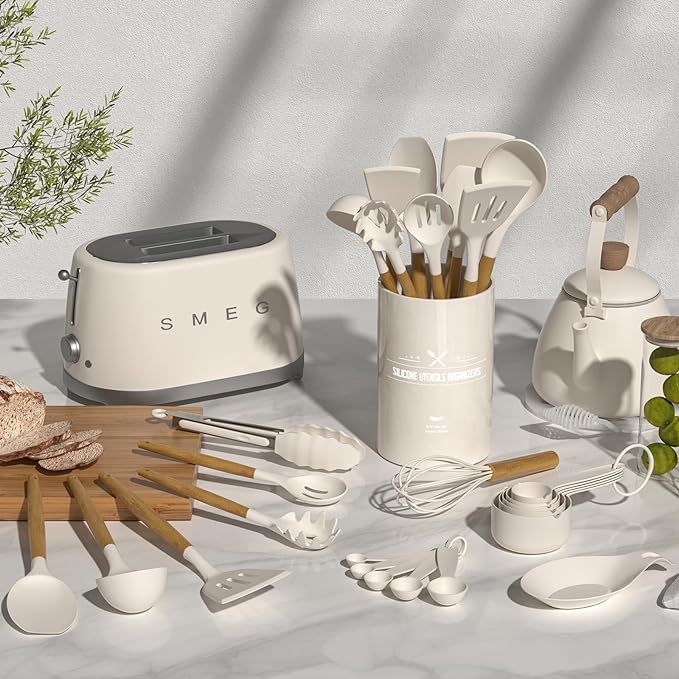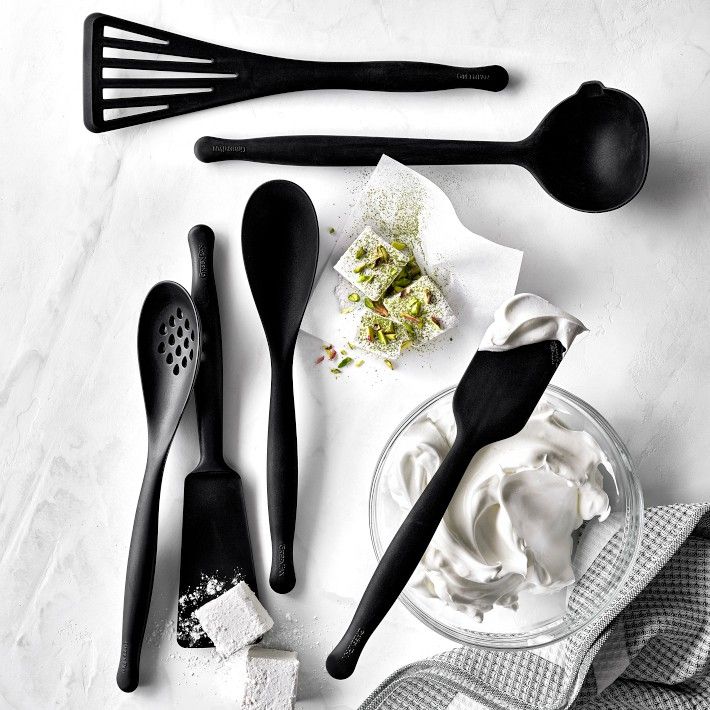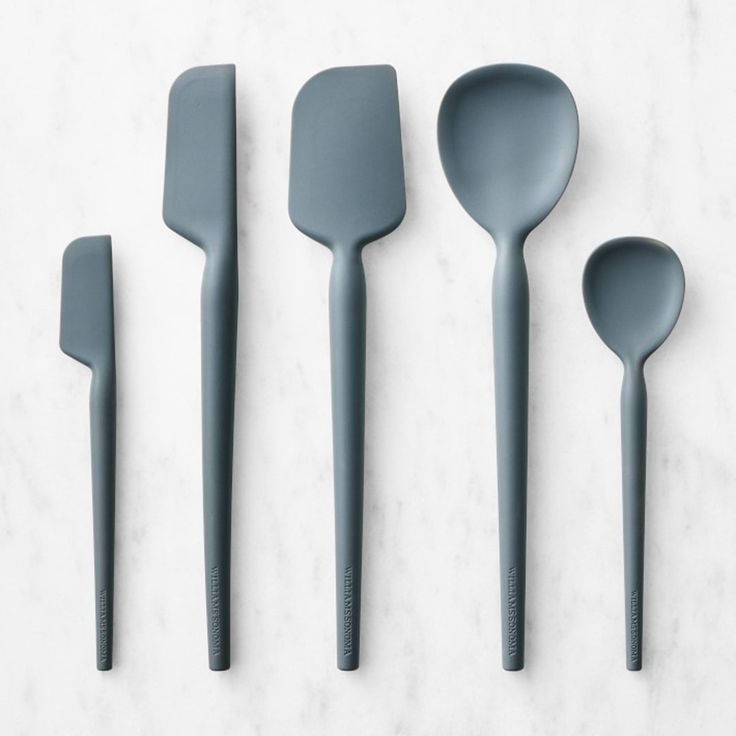Silicone cookware has become increasingly popular in modern kitchens, gaining a reputation for its flexibility, durability, and non-stick properties. However, concerns about safety often arise when it comes to using silicone in food preparation. This article will explore the safety of silicone cookware, examining its materials, potential risks, proper usage, and more. By understanding these aspects, you can make informed choices and safely enjoy the benefits that silicone cookware has to offer.

Understanding Silicone Cookware: A Brief Overview
Silicone cookware stems from silicone rubber, a synthetic polymer made from silica (sand) and oxygen. The properties of silicone make it an attractive alternative to traditional cookware materials like metal and plastic. Silicone is flexible, heat-resistant, and non-stick, making it a favorite for baking pans, spatulas, and molds. It can usually tolerate temperatures between -40°F and 450°F (-40°C to 232°C), which adds to its versatility in various culinary tasks.
Over the years, manufacturers have produced various types of silicone cookware, including bakeware, utensils, and kitchen gadgets. While the benefits are evident, many consumers still have questions about the safety of using silicone in the kitchen.
Types of Silicone Cookware
Not all silicone cookware is created equal. Understanding the different types of silicone and their respective qualities is crucial in ensuring safety when using these products.
- Food-Grade Silicone: Food-grade silicone has undergone specific testing and meets the required safety standards set by organizations such as the FDA. This type of silicone is most commonly used in cookware and involves high-quality materials that do not leach harmful chemicals.
- Industrial-Grade Silicone: Industrial-grade silicone is designed for non-food applications and may contain filler materials that could pose health risks if they come into contact with food. It is essential to avoid using this type of silicone in the kitchen to ensure safety.
- BPA-Free Silicone: Some silicone products are advertised as BPA-free, which means they do not contain bisphenol A, a chemical commonly found in certain plastics. While silicone itself does not contain BPA, opting for BPA-free silicone products can offer additional peace of mind.
Safety Assessments: What the Research Says
Ensuring Food Safety
Various studies and assessments have evaluated the safety of silicone cookware. The FDA includes silicone products in the safe materials category for use in food contact applications, provided they are made from food-grade silicone. The organization evaluates materials based on their chemical composition and potential interactions with food.
Most research indicates that silicone does not leach harmful chemicals into food. The high-temperature stability of food-grade silicone means that it can maintain its integrity without breaking down or releasing toxins. This characteristic contributes to its popularity as a safe cooking and baking option.
Migration Studies
Migration studies examine whether substances migrate from cookware into food. Several studies indicate that food-grade silicone does not release harmful substances when cooked at recommended temperatures. However, caution is advised—using poor-quality silicone may result in chemical leaching, so only invest in trusted brands that adhere to safety standards.
Silicone Cookware and Allergies
Allergies may also be a concern with silicone cookware. While silicone is considered hypoallergenic for most individuals, some people may experience sensitivity or allergies to it. Anyone who experiences symptoms like skin irritation should discontinue use and consult a healthcare professional.

Benefits of Silicone Cookware
Understanding the benefits of silicone cookware can help you appreciate its widespread usage and popularity among home chefs.
1. Non-Stick Properties
Silicone cookware is inherently non-stick, which can reduce the need for additional fats or oils when cooking and baking. This quality makes it easier to release baked goods, such as cakes and muffins, without the risk of damage. Additionally, it simplifies cleanup, making it a convenient option for busy cooks.
2. Flexibility and Versatility
The flexible nature of silicone lets users easily manipulate it. You can bend and fold silicone baking mats and pans, enabling easy storage without worrying about breakage. Furthermore, you can use silicone in a microwave, oven, freezer, and dishwasher, which adds to its versatility.
3. Heat Resistance
Silicone cookware can withstand high temperatures without melting or warping, making it suitable for a variety of cooking methods. Its heat-resistant properties allow for safe use in any situation, whether you’re baking cookies, roasting vegetables, or preparing sauces.
4. Durability
Silicone is built to last, which means that silicone cookware can withstand repeated use without deterioration. Unlike plastic, silicone does not become brittle over time. High-quality silicone cookware can last for years, providing value for consumers.

Potential Concerns with Silicone Cookware
While silicone cookware offers many benefits, specific concerns must be addressed to ensure safe kitchen use. Understanding these potential issues can help you make informed choices when incorporating silicone into your cooking routine.
1. Quality Variations
The primary concern regarding silicone cookware centers around the quality of the materials used. Not all manufacturers create silicone products equally; some use fillers or lower-grade materials that could compromise safety. This variation in quality can lead to leaching of harmful substances into food, especially when dealing with low-quality silicone. Therefore, it’s essential to stick to respected and reputable brands that prioritize quality and adhere to safety standards. By choosing high-quality silicone cookware, you can rest assured that you are using a safe product.
2. Worn or Damaged Silicone
Like any other type of cookware, silicone can wear down over time. If safety of silicone cookware becomes discolored, develops cracks, or begins to lose its elasticity, it is advisable to replace it. Worn or damaged silicone may leach substances into food or retain odors, which can negatively affect the quality of your cooking. Inspect your silicone items regularly to ensure they remain in good condition and safe for use.
3. Heating Above Recommended Temperatures
Silicone can typically withstand a temperature range of -40°F to 450°F (-40°C to 232°C). Exceeding these temperatures can potentially damage the silicone, leading to unwanted chemical leaching and compromising its integrity. Always follow the manufacturer’s guidelines to ensure safe usage. By adhering to recommended temperature limits, you can maintain both the safety and performance of your silicone cookware.
Proper Usage of Silicone Cookware
Using silicone cookware correctly is crucial for safety and longevity. Here are some practical tips to maximize the benefits of silicone in your kitchen:
1. Avoid Sharp Utensils
Using sharp utensils—such as knives or metal spatulas—on silicone cookware can cause scratches or damage to the surface. Opt for silicone or wooden utensils to protect the cookware and prolong its lifespan.
2. Greasing When Necessary
Even though silicone has non-stick properties, greasing for specific recipes may still be beneficial, especially when baking. Spraying or brushing a thin layer of oil on the surface can ease the release of baked goods, particularly for delicate items.
3. Store Properly
Storing silicone cookware properly is vital to maintaining its condition. Avoid stacking heavy objects on top of silicone items, as this can lead to deformation. Instead, keep silicone products flat or use hooks for hanging where practical.
4. Follow Care Instructions
Always follow the manufacturer’s care instructions for cleaning and maintenance. While many silicone products are dishwasher-safe, hand washing with warm soapy water may prolong their lifespan. Avoid exposing silicone cookware to direct flames or heating elements.

Sustainable Aspects of Silicone Cookware
As awareness of environmental sustainability grows, consumers often develop concerns about the materials used in kitchenware. Silicone, as a synthetic product, raises questions about its environmental impact.
1. Reusable and Long-Lasting
One of the most significant sustainability advantages of silicone cookware is its reusability. Unlike single-use plastics, silicone is designed for long-term use, which can reduce waste. Using silicone products instead of disposables can contribute to a more sustainable kitchen.
2. Low Carbon Footprint
While the production of silicone involves some environmental impact, its durability and reusability help mitigate this effect over time. By choosing high-quality silicone products that last, consumers can reduce their overall environmental footprint.
3. Recycling Challenges
A potential downside of silicone is that recycling options are limited. While some facilities accept silicone, many do not, leading to questions regarding disposal. Consumers should be aware of local recycling policies and strive to use silicone products to their full potential to minimize waste.

Conclusion: Making Informed Decisions on Silicone Cookware
The safety of silicone cookware largely resides in its quality. Choosing food-grade silicone items from reputable brands ensures that you reap the benefits of this versatile material without exposure to harmful chemicals. The unique properties of silicone—ranging from heat resistance to flexibility—make it an excellent choice for a wide array of culinary tasks.
While concerns about silicone’s safety exist, understanding the material’s characteristics and proper usage techniques empowers consumers to make informed decisions. By following safety guidelines, maintaining silicone cookware responsibly, and opting for high-quality products, you can enjoy the many advantages of silicone while addressing health and environmental concerns.
Ultimately, silicone cookware provides convenience and durability that complements today’s bustling kitchens, allowing you to cook and bake with confidence. As you expand your culinary collection, consider silicone as an unbeatable addition that not only enhances your kitchen experience but also fosters a sustainable approach to cooking and baking.
